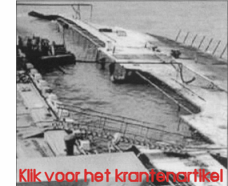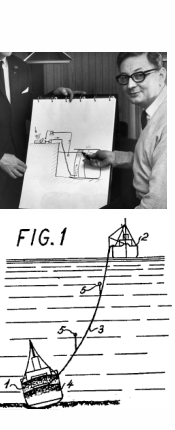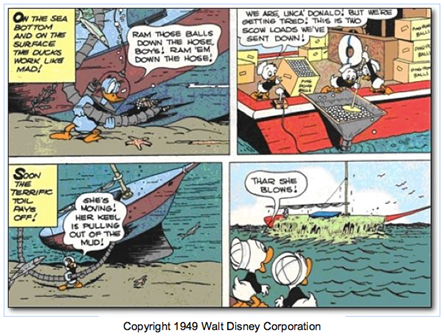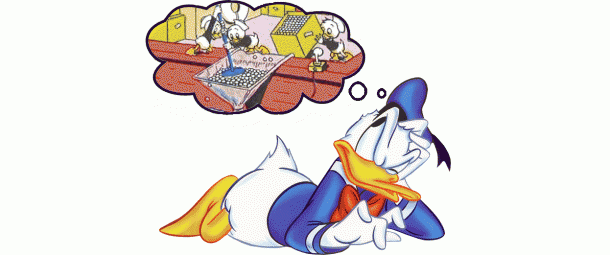 In November 1964 the cargo ship ‘Al-Kuwait’, filled with 5000 sheep, sank in the port of Kuwait. The ship had to be pulled up above water as soon as possible: the rotting sheep were a threat for the water supply of Kuwait. The ship was insured by a Danish company. The inventor Karl Krøyer instructed the company to get the ship above water as cheap, but as fast as possible.
In November 1964 the cargo ship ‘Al-Kuwait’, filled with 5000 sheep, sank in the port of Kuwait. The ship had to be pulled up above water as soon as possible: the rotting sheep were a threat for the water supply of Kuwait. The ship was insured by a Danish company. The inventor Karl Krøyer instructed the company to get the ship above water as cheap, but as fast as possible.

The solution of Karl Krøyer
Getting the ship above water with a crane would have taken too long and the ship could have been broken. There must be invented a new way to get the ship up. Karl Krøyer got the idea to fill the boat with 65,000 kilogram of small balls of polystyrene foam. The plan was a succes. The ship was brought up above water with only $345,000 total costs. Karl Krøyer asked patent succesfully for this efficient invention in England (GB1070600) and in Germany (DE1247893). He also wanted patent in the Netherlands, but his request was denied here.
The novelty requirement, ‘prior art’
To be eligible for a patent the technical invention has to be new, innovative and industrial applicable. An invention which already exists or is too obvious, cannot have a patent. That is why there is thorough investigation to the so called ‘prior art’; previous publication, which show that the invention isn’t new or obvious.
Donald Duck as ‘prior art’?!
When the investigators of the ‘Octrooicentrum Nederland’ Karl Krøyers invention tested on the novelty requirement, the invention failed. In the Donald Duck comic book, ‘The Sunken Yacht’ from 1949, Donald Duck and his nephews got a yacht out of the water in a very similar way to Karl Krøyer:

As seen in the picture above, Donald Duck and his nephews used the same technique as Karl Krøyer, but instead of polystyrene foam they used ping pong balls. This comic book counts as ‘prior art’ and proves that the invention of Karl Krøyer isn’t new: the invention didn’t satisfy the requirement of novelty and the patent request was denied.
CC Proof, the importance of the moment
Carl Barks was the maker of the comic book and therefore the mental father for this method: as far as known was Carl Barks the first who elaborated the idea. Even though the elaboration was in the form of a comic book, this was sufficient to deny a patent request. There was no discussion possible about the moment of the invention: in 1949 Walt Disney printed and spread out thousands of copies of the comic book and with that also this elaborated method. This case shows the importance of the moment of possession of an elaborated idea.
 CC ProofCopyright management
CC ProofCopyright management